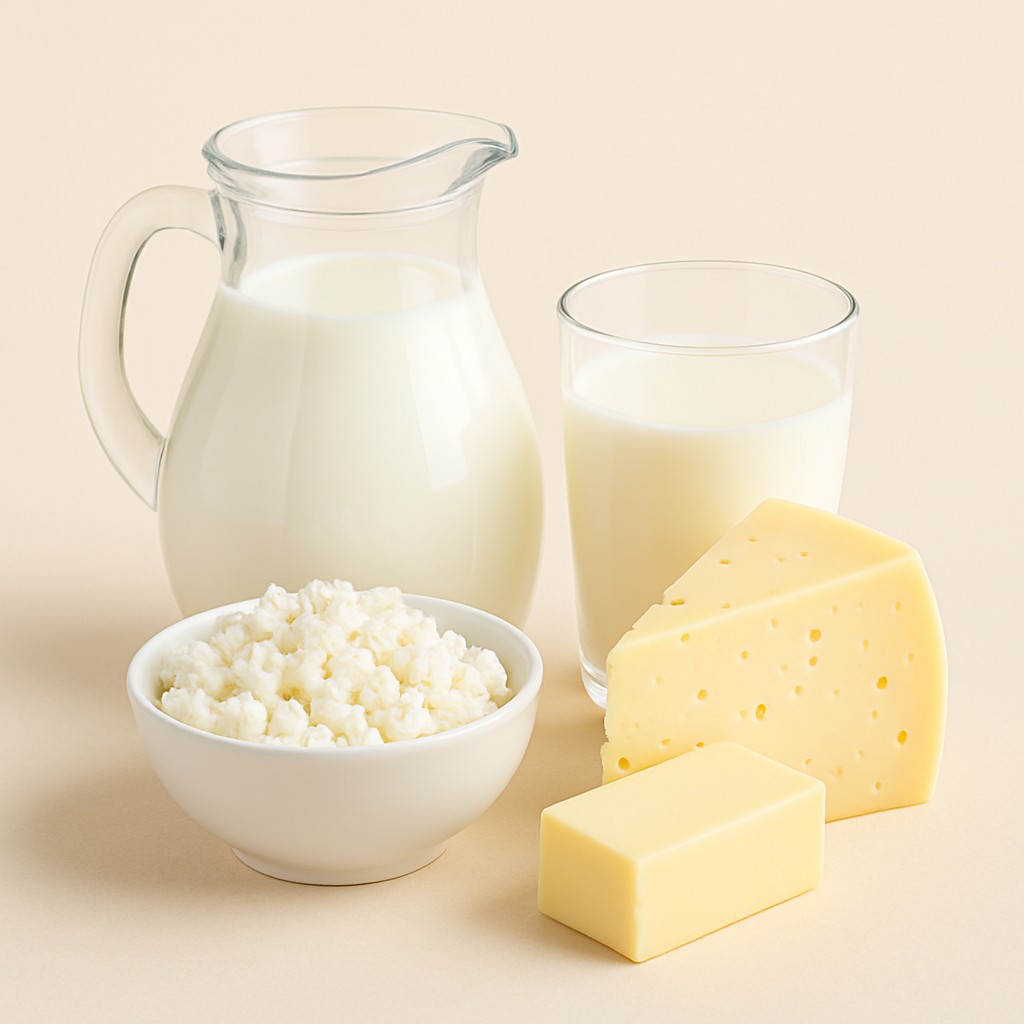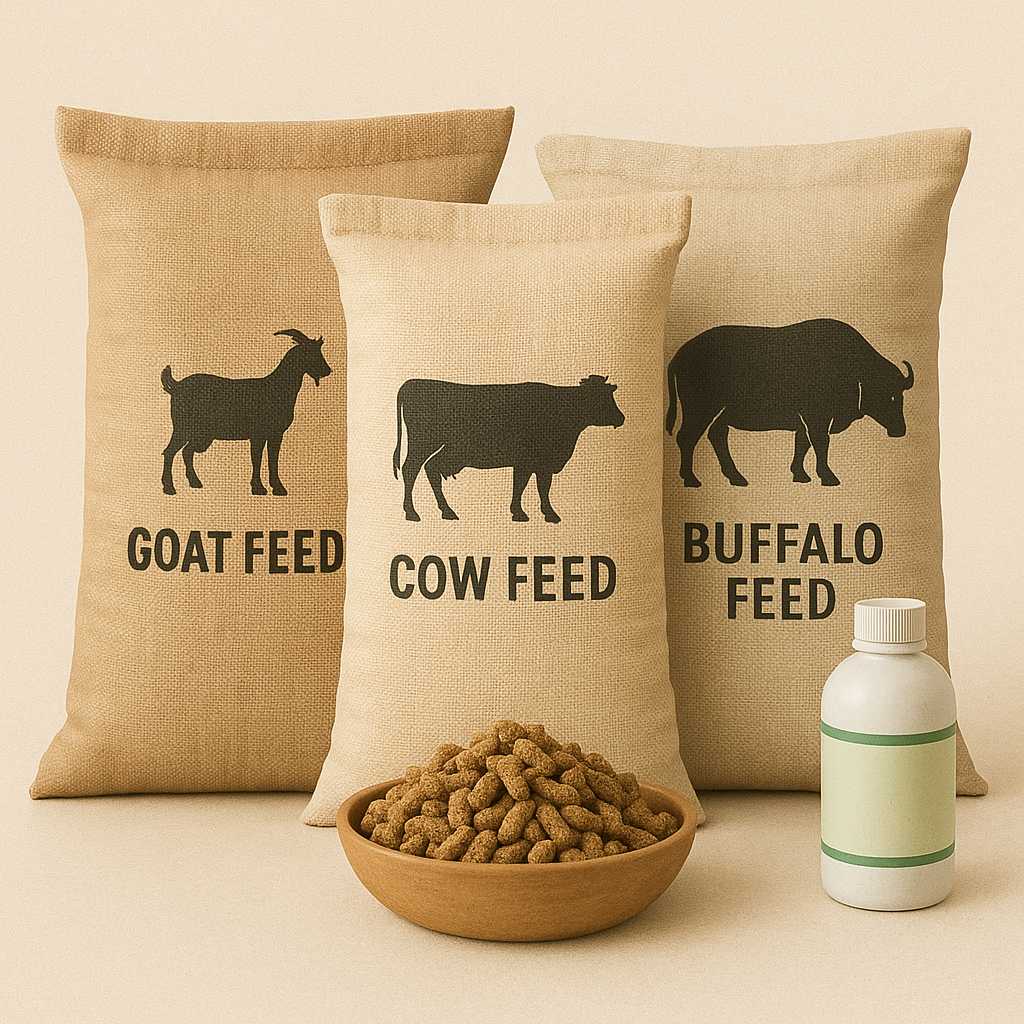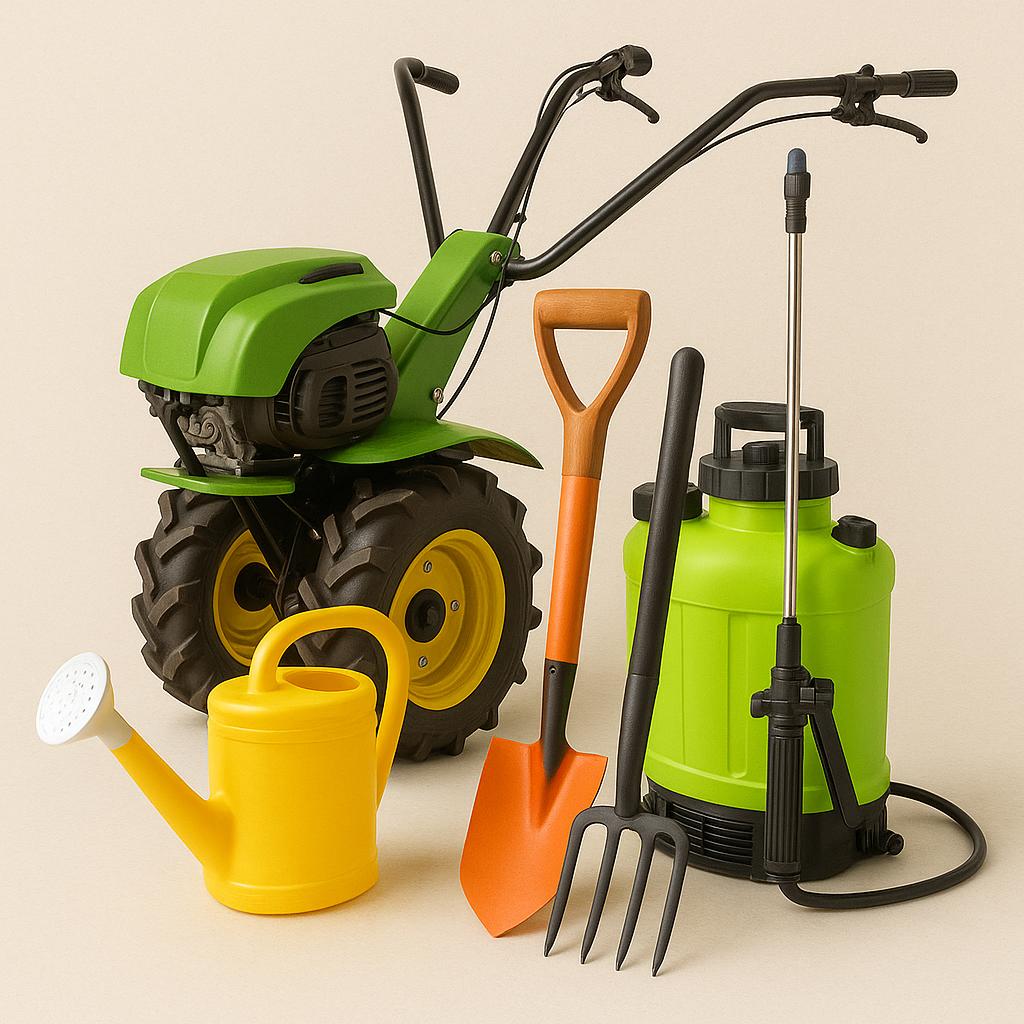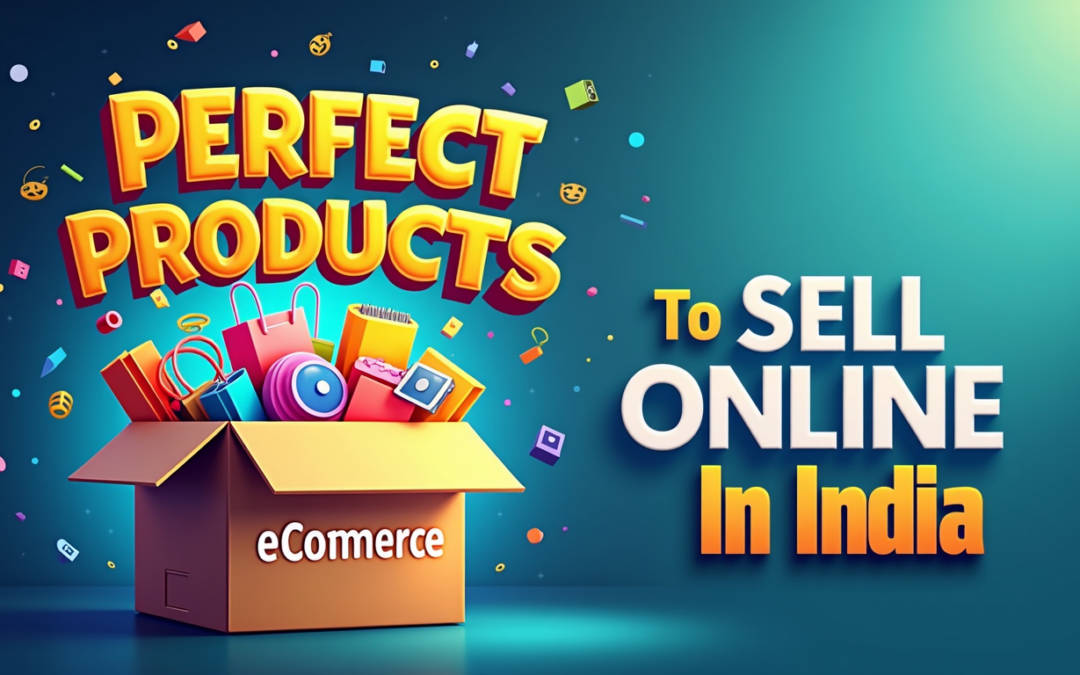How to Choose the Perfect Products to Sell Online in India
Choosing the right products is one of the most critical decisions for any e-commerce entrepreneur. In a diverse and rapidly growing market like India, where online shopping is expected to reach $120 billion by 2025, selecting the right products can make or break your business. Here’s a comprehensive guide to help you choose the perfect products to sell online in India.
1. Understand Your Target Audience
Before diving into product selection, it’s crucial to know who you’re selling to. India’s diverse population has unique preferences based on age, region, culture, and lifestyle.
- Demographics: Identify your ideal customers’ age, gender, income, and location.
- Pain Points: Look for problems your products can solve. For example, eco-friendly products appeal to environmentally conscious consumers.
- Cultural Trends: Products aligned with cultural practices, like festive decorations or ethnic wear, are often in high demand.

2. Research Market Trends
Keeping up with market trends can help you identify products that are expected to grow in popularity. Use tools like Google Trends, Amazon Best Sellers, and Flipkart Trending to spot opportunities.
- Popular Categories in India:
- Fashion and accessories
- Health and wellness products
- Home décor
- Organic and sustainable goods
- Gadgets and electronics
- Seasonal Trends: Leverage demand spikes during festivals, wedding seasons, and sales events like Diwali or Republic Day.
3. Analyze the Competition
Understanding your competition can help you carve a unique niche. Study the top players in your market and analyze what makes them successful.
- What to Observe:
- Product pricing
- Customer reviews and feedback
- Marketing strategies
- Find a Gap: Look for underserved areas or product categories with high demand but fewer sellers.

4. Focus on High-Margin Products
To maximize profits, prioritize products with a high-profit margin. These are typically items with low manufacturing or sourcing costs but high perceived value.
Examples of high-margin products include:
- Handmade or customized goods
- Niche beauty products
- Smart gadgets
5. Test Product Viability
Before fully committing to a product, test its market viability by answering these questions:
- Is there demand? Use keyword research tools like SEMrush to see search volume for your product.
- Is it scalable? Can you increase production or sourcing easily if demand grows?
- Is it profitable? Calculate costs, including sourcing, shipping, and marketing, to ensure decent margins.
6. Leverage Data for Product Selection
Successful Indian entrepreneurs use data to identify winning products. Platforms like Amazon Seller Central and Flipkart Seller Hub provide insights into trending products, customer preferences, and seasonal demand.
- Use Analytics: Study your website traffic and sales data to identify best-selling categories.
- Social Media Insights: Monitor trends on Instagram, Facebook, and Pinterest to see what’s popular among your target audience.
7. Consider Logistics and Shipping
India’s vast geography can make logistics challenging, so choose products that are easy and cost-effective to ship.
- Lightweight and Compact Products: These minimize shipping costs and ensure smoother delivery.
- Fragile Items: Ensure you have robust packaging solutions if you sell breakable goods.
- Pincode Availability: Partner with logistics providers covering maximum serviceable areas.

8. Start Small and Scale Gradually
It’s wise to start with a small inventory and test the market. Selling through platforms like Amazon, Flipkart, or even your website can help gauge demand. Once you have a better idea of what works, scale your product line.
9. Align with Consumer Preferences
Indian consumers are increasingly looking for:
- Eco-Friendly Products: Items made from sustainable materials or with low environmental impact.
- Health-Conscious Options: Organic foods, fitness equipment, and skincare products.
- Affordable Luxury: High-quality goods at reasonable prices, especially in fashion and home décor.
10. Stay Updated on Regulations
When choosing products, ensure compliance with Indian e-commerce regulations and taxes, such as GST. Some categories, like cosmetics and electronics, may require specific certifications or licenses.
Examples of Winning Products
Here are some product ideas with high potential in India:
- Ethnic wear and festive apparel
- Home organization and storage solutions
- Handmade or customized jewelry
- Smart home gadgets (e.g., smart lights, plugs)
- Organic skincare and beauty products
- Fitness equipment like resistance bands and yoga mats
- Pet supplies such as grooming kits and toys
- Unique gifting items like subscription boxes
Conclusion
Choosing the right products to sell online in India requires a mix of research, strategy, and understanding your audience. By focusing on trending niches, leveraging data, and staying aligned with customer preferences, you can build a successful e-commerce business in this rapidly evolving market.













